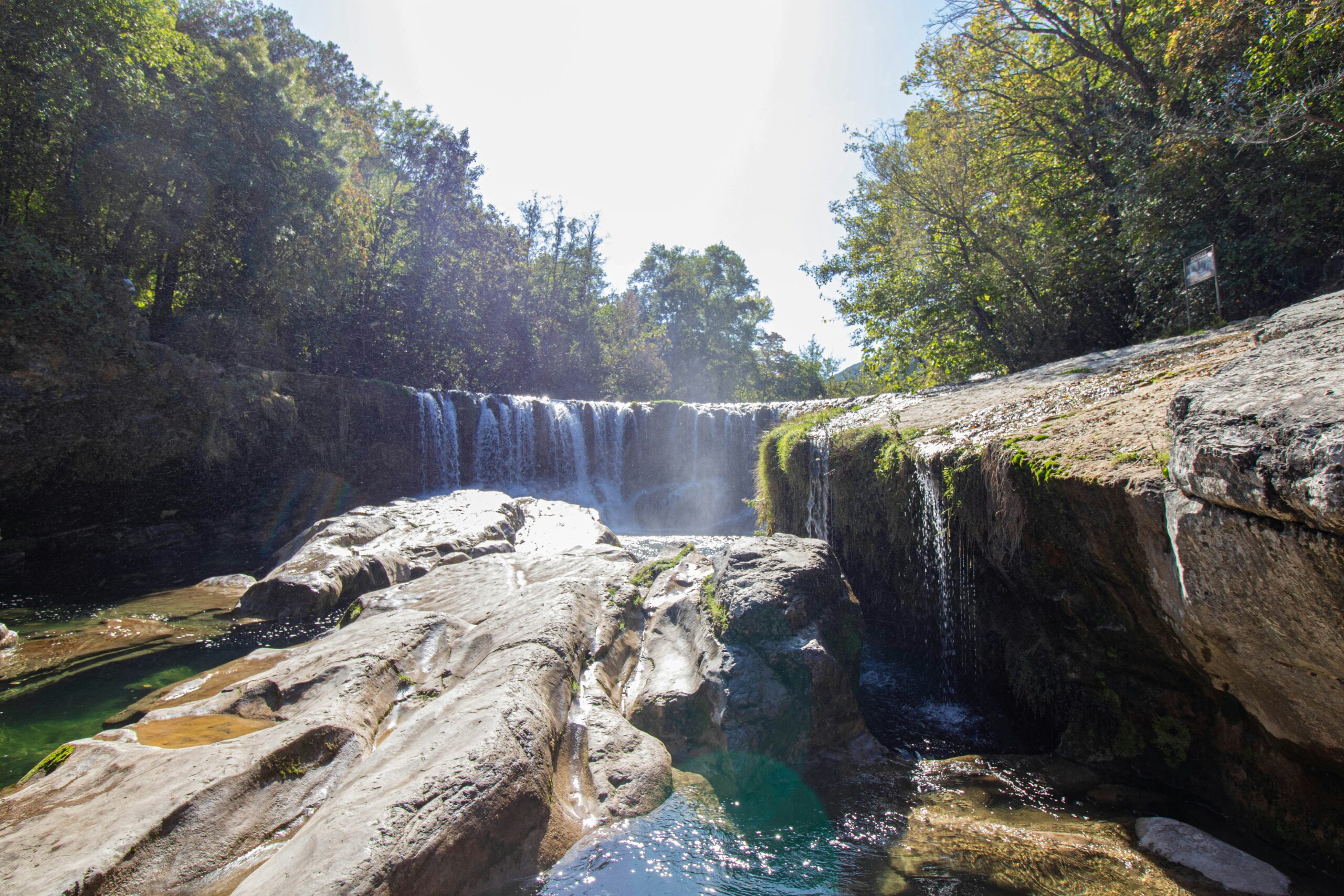Introduction to Bioma
Welcome to the fascinating world of bioma! These unique ecological regions play a crucial role in maintaining the balance of nature. From lush forests to arid deserts, each bioma is home to diverse species and intricate ecosystems. Understanding bioma not only enriches our knowledge but also highlights their importance in sustaining life on Earth.
As we delve into this comprehensive guide, you’ll discover why protecting these vital areas should be a top priority for everyone. Whether you’re a student, an environmental enthusiast, or simply curious about nature, there’s something here for you. Let’s embark on this journey together and explore the wonders of bioma!
The Importance of Bioma in Ecosystems
Bioma plays a pivotal role in maintaining the balance of our planet’s ecosystems. Each bioma is composed of specific flora and fauna, uniquely adapted to its environment. These living communities support vital processes like nutrient cycling and energy flow.
Additionally, biomas provide habitat for countless species. The diversity within these areas ensures resilience against environmental changes. A healthy bioma can absorb carbon dioxide, helping mitigate climate change impacts.
Moreover, biomas influence local climates and weather patterns. Forests can create rainfall through transpiration while wetlands regulate water levels in surrounding areas.
Understanding the importance of bioma allows us to appreciate their interconnectedness with human life as well. From providing resources such as food and medicine to offering recreational spaces, they enrich our existence on multiple levels.
Different Types of Biomes and Their Characteristics
Biomes are diverse ecosystems that vary widely across the globe. Each biome has its unique climate, plants, and animals.
Tropical rainforests boast high rainfall and rich biodiversity. These lush environments house countless species of flora and fauna, many of which are not found anywhere else.
Deserts, in stark contrast, present arid landscapes with extreme temperatures. Despite harsh conditions, they support specialized plants like cacti and resilient creatures adapted to survive on minimal water.
Grasslands cover vast areas known for their open spaces filled with grasses. They serve as crucial habitats for grazing animals such as bison and wildebeests.
Temperate forests experience four distinct seasons. Deciduous trees dominate these regions, shedding leaves in the fall while providing vibrant colors throughout the year.
Tundras emerge in cold climates where permafrost prevails. This biome is characterized by low-growing vegetation and a short growing season but supports unique wildlife adapted to frigid temperatures.
Threats to Bioma: Human Impact and Climate Change
Biomas face significant threats from human activity and climate change. Urban expansion, deforestation, and agriculture disrupt natural habitats. These actions lead to loss of biodiversity, affecting species that rely on specific environments.
Climate change compounds these issues by altering weather patterns and temperatures. Many biomes struggle to adapt quickly enough to survive the rapid changes. Polar regions experience melting ice, while deserts may expand as rainfall decreases.
Pollution also plays a crucial role in degrading these ecosystems. Contaminants can harm wildlife and plants alike, diminishing their ability to thrive.
Furthermore, invasive species introduced by humans often outcompete native flora and fauna for resources. This leads to imbalances within bioma systems, pushing some species toward extinction.
Addressing these challenges requires urgent action at all levels—individuals, communities, governments—all must collaborate to mitigate both human impact and climate-related risks.
Conservation Efforts and Strategies
Conservation efforts for bioma focus on protecting diverse ecosystems and their inhabitants. Various strategies are employed to maintain ecological balance.
Protected areas, such as national parks and wildlife reserves, play a crucial role. These zones safeguard habitats from development and pollution, ensuring species can thrive undisturbed.
Restoration projects aim to rehabilitate degraded lands. This process often involves replanting native vegetation and removing invasive species that threaten local biodiversity.
Community involvement is vital in these initiatives. Educating locals about the importance of bioma fosters stewardship and encourages sustainable practices that benefit both people and nature.
Innovative approaches like ecotourism offer economic incentives while promoting conservation awareness. By attracting visitors, communities gain resources needed for preservation efforts without harming their natural surroundings.
Research plays a key role as well; scientists study ecosystems to develop effective management techniques tailored to specific biomes’ needs.
Case Studies of Successful Bioma Restoration Projects
One remarkable case study is the restoration of the Atlantic Forest in Brazil. Once a vast ecosystem, it faced severe deforestation. Today, dedicated efforts have reintroduced native species and rehabilitated large tracts of land. This project not only boosts biodiversity but also enhances carbon sequestration.
Another inspiring example comes from Mongolia’s steppe region. Here, local herders partnered with conservationists to combat desertification. Their innovative grazing practices have revitalized grasslands while supporting traditional livelihoods.
In Australia, the Great Barrier Reef restoration initiative employs coral gardening techniques to combat bleaching effects caused by rising sea temperatures. By growing resilient coral varieties in nurseries, scientists are working tirelessly to restore this underwater paradise.
These projects highlight that collaborative approaches can yield impressive results in bioma restoration and demonstrate how communities can thrive alongside nature’s recovery efforts.
How You Can Help Protect and Preserve Bioma
You have the power to make a difference in preserving bioma. Start by educating yourself and others about local ecosystems. Knowledge is a vital tool for change.
Consider volunteering with environmental organizations focused on habitat restoration. Hands-on involvement not only helps the environment but also connects you with like-minded individuals.
Make conscious choices in your daily life. Reduce waste, recycle, and support sustainable products that minimize ecological footprints. Every small action counts.
Advocacy plays a crucial role too. Engage with local policymakers to promote conservation initiatives in your community. Your voice can influence decisions that protect precious habitats.
Participate in citizen science projects or nature walks to track biodiversity changes over time. This engagement fosters respect and appreciation for bioma while contributing valuable data for scientific research.
Conclusion
Understanding Bioma is crucial for appreciating the planet’s intricate ecosystems. These biological communities are not just collections of flora and fauna; they play a vital role in maintaining ecological balance. Each type of bioma, from deserts to rainforests, has unique characteristics that contribute to biodiversity.
However, these precious environments face numerous threats due to human activities and climate change. Urbanization, deforestation, and pollution disrupt their natural state, leading to diminished habitats for countless species. It’s imperative that we recognize these challenges and take action.
Conservation efforts have shown promise in restoring damaged biomes. Through initiatives like protected areas and reforestation projects, many organizations are working tirelessly to reverse the effects of degradation. Successful case studies highlight what can be achieved when communities come together with a shared goal of preservation.
Everyone has a part to play in protecting our planet’s biomas. Simple actions such as reducing waste or supporting conservation programs can make a significant impact on local ecosystems.
The health of our environment depends on understanding its complexities and taking responsible steps toward sustainability. By fostering awareness about bioma preservation today, we help ensure vibrant ecosystems for generations to come.


